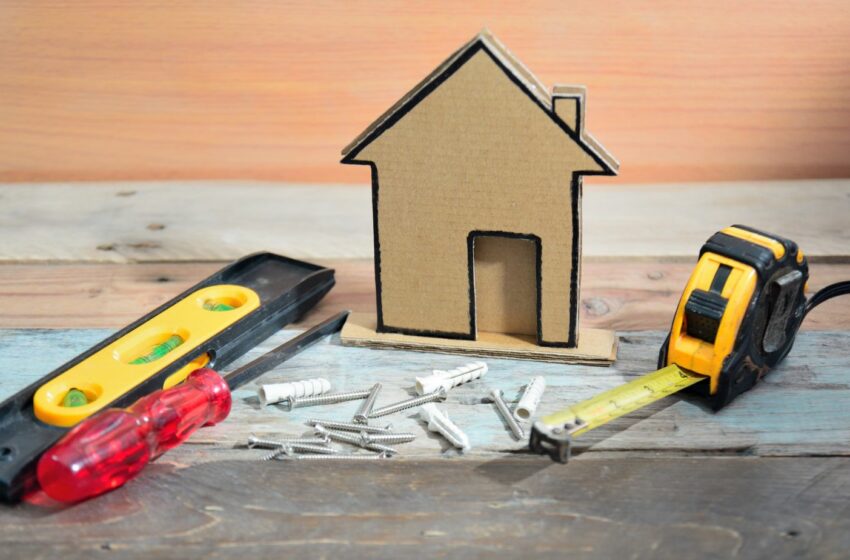
Loans for Home Repairs with Bad Credit Get the Funding You Need Today!
You may feel overwhelmed if you need to repair your home but need better credit. Home repairs can be expensive, and with bad credit, securing a loan with favorable terms can take time and effort. However, finding loans for home repairs with bad credit is not impossible.
Some lenders specialize in providing loans to individuals with bad credit and may offer home repair loans. These loans can help cover the costs of repairs such as fixing a leaky roof, replacing a broken appliance, or repairing a damaged foundation. While interest rates and terms may not be as favorable as traditional loans, they can help you get the necessary repairs.
Another loan option for home repairs with bad credit is a home equity line of credit (HELOC). This type of loan uses your home as collateral, so lenders may be more willing to work with you even if you have bad credit. However, it’s important to remember that you risk losing your home if you can’t repay the loan. Before taking out a HELOC, understand the risks and benefits.
Loans for Home Repairs with Bad Credit
You may have limited options if you plan to renovate or make necessary repairs to your home but need a better credit score. However, there are several routes you can take to obtain loans for home repairs with bad credit. Here are some options to consider:
1. Home Equity Line of Credit (HELOC): A HELOC is a loan that allows you to borrow against the value of your home. You can draw money as needed, and interest is only charged on what you borrow. Since your home secures a HELOC, it may be easier to obtain with bad credit.
2. FHA 203(k) Rehabilitation Loan: This type of loan is designed for homebuyers and homeowners needing funds to repair or renovate. The Federal Housing Administration (FHA) insured the loan and can be more flexible regarding credit score requirements.
3. Personal Loans: Personal loans can be obtained through a bank, credit union, or online lender. These loans are typically unsecured, meaning the lender won’t require collateral. However, they may have higher interest rates due to the increased risk to the lender.

4. Credit Cards: Although not ideal, a credit card can be used to pay for home repairs. There may be better options if you have a low credit limit or high-interest rate. However, some credit cards offer promotional rates or rewards that can make it a more affordable option.
5. Government Assistance Programs: Several government assistance programs are available for homeowners who need repairs but can’t afford them. The Department of Housing and Urban Development (HUD) grants low-income families home repairs. The Rural Housing Repair Loans and Grants program also provides loans and grants to help rural homeowners make necessary repairs.
Tips to Improve Your Chances of Being Approved for a Loan for Home Repairs with Bad Credit:
1. Check your credit report: Before applying for a loan, you should check it to ensure it’s accurate. If you find any errors, dispute them with the credit bureau.
2. Improve your credit score: If your credit score is low, improve it. Pay your bills on time, pay down debt, and don’t apply for new credit.
3. Shop around: Don’t apply for a loan with the first lender you find. Shop around and compare rates from several lenders. This can help you find a lender willing to work with you despite your bad credit.
4. Consider a secured loan: A secured loan may be easier to approve than an unsecured loan. With a fast loan, you put up collateral, such as your home or car, to secure the loan. This reduces the lender’s risk and increases your chances of approval.
5. Get a co-signer: If you can’t qualify for a loan alone, consider getting a co-signer. A co-signer with good credit agrees to take responsibility for your loan if you can’t repay it.
By following these tips, you can improve your chances of being approved for a loan for home repairs with bad credit. Remember, it’s important to be realistic about your ability to repay any loan you take out. Only borrow what you can afford to repay, and make sure you understand the terms and conditions of the loan before you sign on the dotted line.
